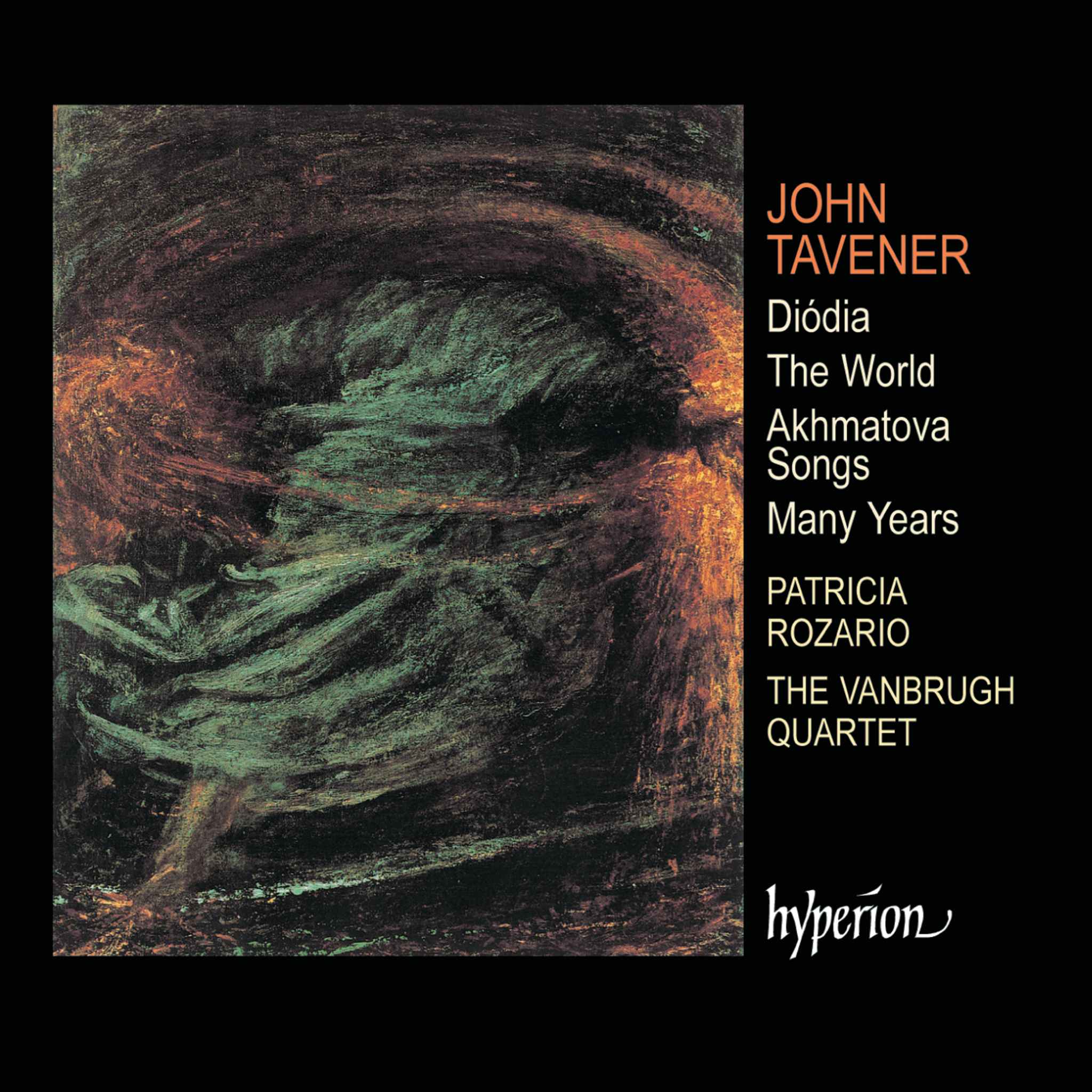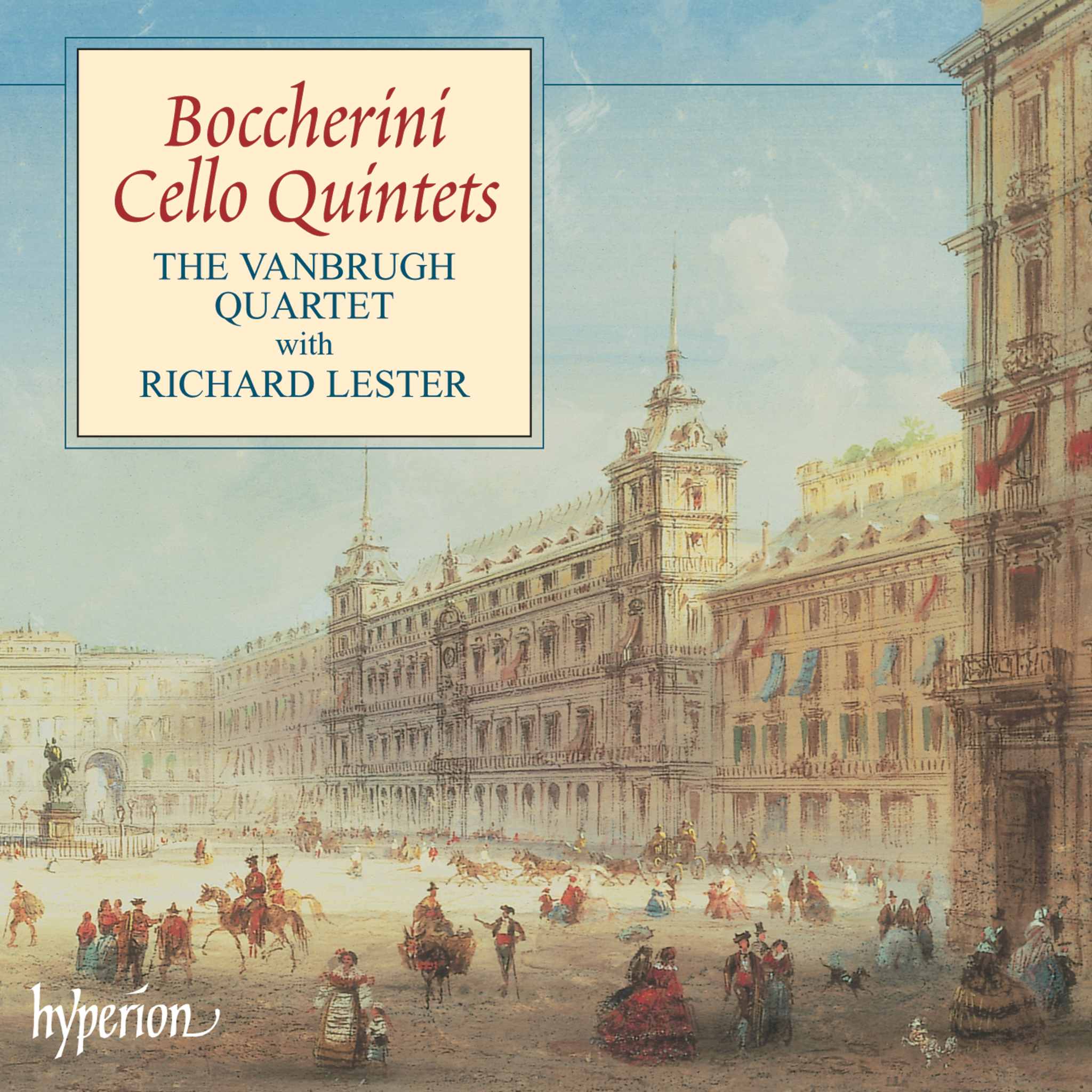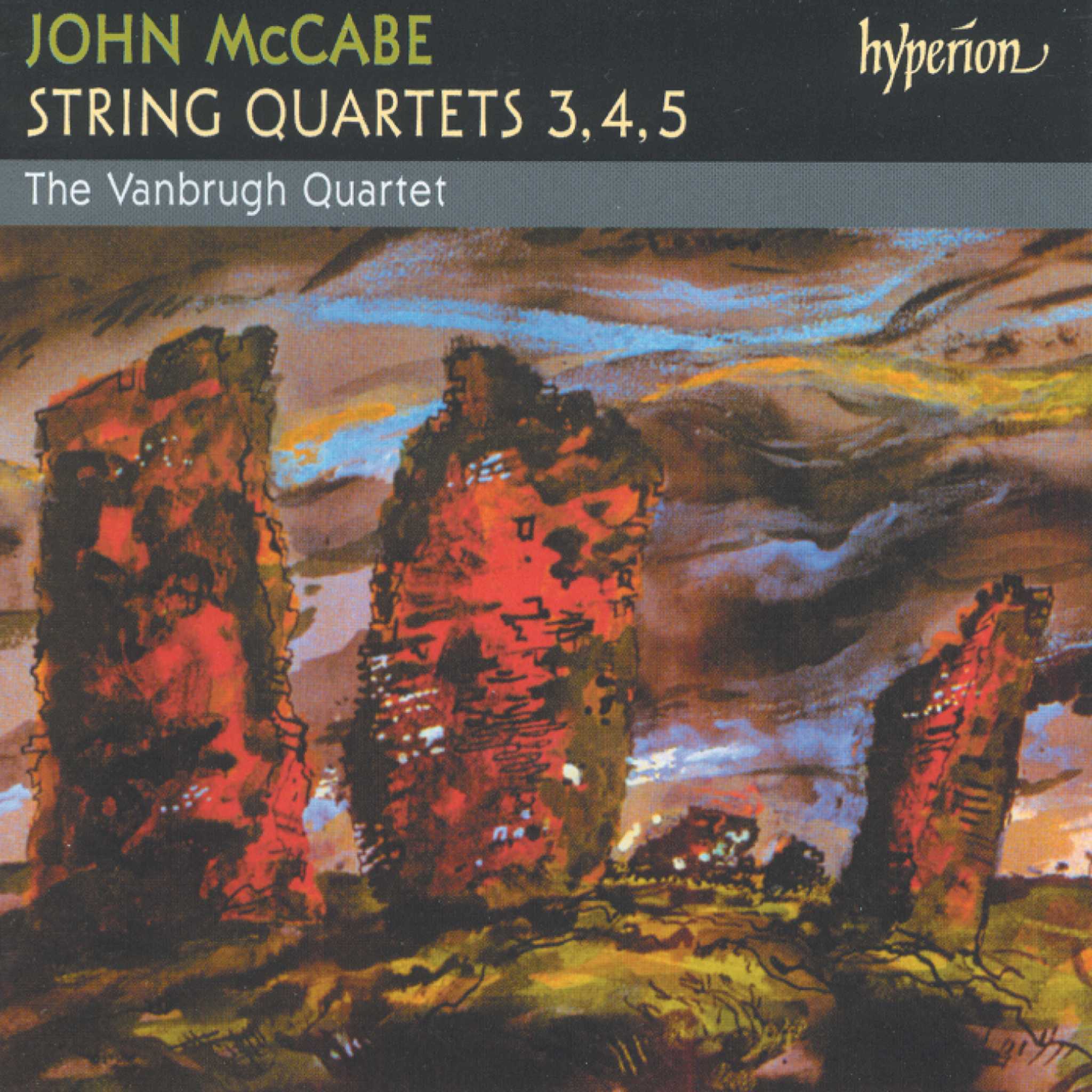Album insights
Guillaume de Machaut, renowned poet-composer of 14th-century France, was a pioneer in setting his love songs to polyphonic music. His works, found in beautifully illuminated manuscripts, mainly explore courtly love through allegorical narratives in various musical forms. Despite his focus on courtly love, Machaut also portrayed the harsh reality of his time within his literary works. In his musical compositions, he delved into catastrophes that plagued France during his era, capturing the tumultuous events through his art.
Machaut's compositions reflect his versatility and craftsmanship, showcasing intricate structures and rhythms. One of his significant works, "Lay de la fonteinne," transitions from courtly to spiritual love, exploring themes of faith and salvation through its complex twelve-stanza structure. The musical arrangement mirrors the idea of the Holy Trinity, symbolizing unity and harmony in its composition.
Amidst his compositions, Machaut was also a keen observer of the turbulent times around him, touching on themes of unrest and calamity. The period around 1358-1360, marked by the Hundred Years' War and internal conflicts, influenced his later motets that plea for divine intervention in times of turmoil.
Machaut's compositions cover a wide range of themes, from courtly love to political commentary. His ballads and virelais exhibit his melodic inventiveness and rhythmic flair, often blending intricate harmonies with expressive lyrics. This album presents a comprehensive view of Machaut's artistry, from his religious musings to his elegantly crafted love songs.
By exploring Machaut's diverse repertoire, listeners can delve into the multifaceted world of this prolific composer-poet, experiencing the depth and richness of his musical legacy across different genres and thematic realms.





